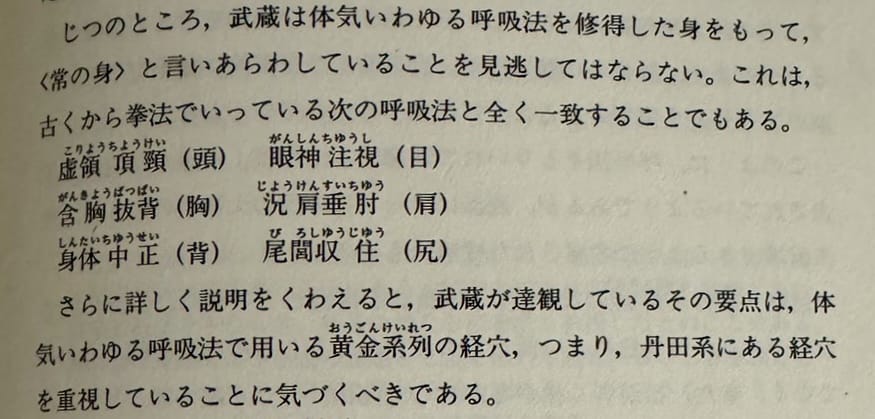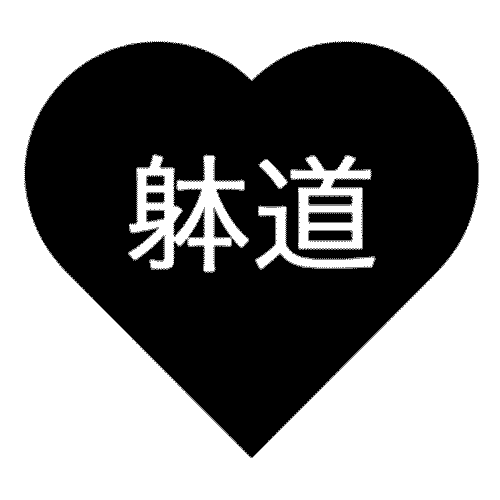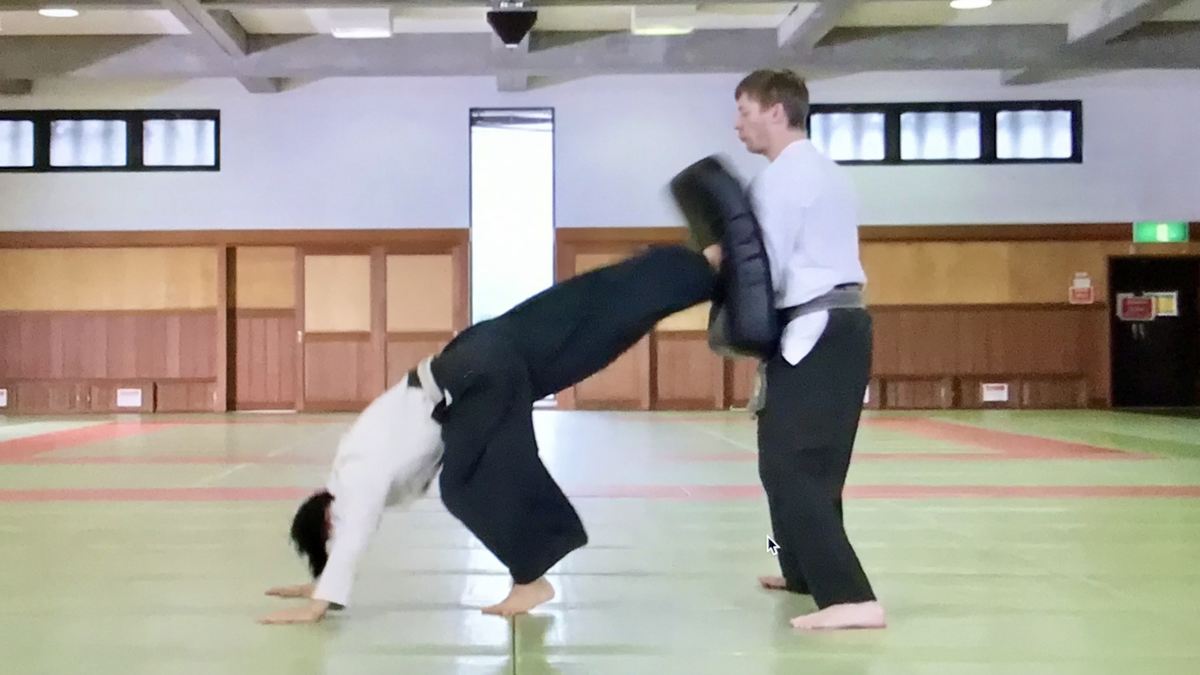Good technique isn't a set of specific skills.
Rather, it comes from a having base of good posture and body mechanics. Things like balance, coordination, motor control, and a sense of how to align your joints and center of mass toward your desired outcome.
This can all be very subtle, but as human anatomy hasn't changed much over the past few thousand years, we don't need to discover the basic principles on our own.
Most movement traditions (dance, acrobatics, yoga, martial arts from various countries) have very similar concepts, even though they employ different metaphors / words and fitted to the context (both cultural and martial) in which the specific art came about.
At the Nordic Open in summer 2024, I helped teach a seminar with Tetsuji Nakano Sensei aimed at helping European Taido students establish these habits of good technique so they can improve their unsoku and rengi.
What follows are some notes and reflections on the content of that seminar.
Tsune no Mi: Natural Posture for Martial Artists
Tsune means always, everyday, etc.
Mi is the same as the leftmost portion of Taido’s ’tai’ character, and basically refers to the physical body.
So “Tsune no Mi” is an everyday, always-on bodily situation - what we’d generally refer to as our natural posture.
For our techniques to be effective, for our health to be effective, we want to make sure that posture is organized in a way that we can move with ease and purpose without causing ill effects.
Nakano Sensei mentioned 6 conditions for Tsune no Mi from Taido Gairon:
- Head/Neck - chin tucked, crown lifted and extending the cervical spine, awareness at the back of the head
- Eyes - “soft gaze” with open awareness of full field of vision
- Chest - sternum relaxed between the shoulders, which are neither retracted no protracted, e.g., shoulder blades are not tensed
- Shoulders/Elbows - shoulders and elbows dropped, no tension in neck/shoulder junction, armpits closed
- Spine/Core - core and back muscles supporting spine, breathing into the belly
- Hips - pelvis level, butt tight, coccyx dropped (not sticking butt out)

The explanation about a good natural stance is explained with a quote from Musashi’s Book of Water. Then Saikoshihan summarizes Musashi’s “Tsune no Mi” by using six points from “other marital arts."
An Earlier Example
Interestingly, there's a similar set of instructions in Shin Karatedo Kyohan:
- Drop your shoulders
- Close your armpits
- Use the tanden (core/breath) power
- Tighten your butt
- Grip the floor with your toes
It's important to note that this semi-predates Taido (if we assume Saikoshihan began writing SKK before Taido was officially founded), and are meant to describe the correct carriage for karate.
One immediate observation is that the last instruction from SKK didn’t make it into TG.
Maybe the application of unsoku on tatami vs karate made this less important? Since TG was written 20+ years after SKK, the use of unsoku would be fairly mature at that point. And truly, there’s a lot of stuff on Taido where we would not want the foot to be gripping, but rather open and loose.
Effective Everyday Posture
What we can take from both sources is a good description of what we want from a healthy and effective everyday posture that allows us to move with power and grace while supporting full breath and healthy function of our internal organs.
- Erect and relaxed spinal posture, from crown to coccyx
- Eyes active with a soft, midfield gaze
- Relaxed shoulders and arms, neutral forearms
- Diaphragmatic breathing supporting spinal stabilization
- Use of inner muscles in core and hips
Again, we can find the same instructions in Taichi, yoga, Alexander Technique, zazen, ballet, and gymnastics. My company and many of our colleagues teach these same points in a “fitness” context.
They are not unique to Taido, though Saikoshihan credits Musashi for the application to a martial arts context.
Tsune no Mi in Practical Application
As simple as it is to list those few bullet points, each one can be quite difficult to execute.
Sure, it's easy to relax your shoulders for a few seconds. But once you start moving around and moving and kicking, you return to your established habits of movement. And if you're also working wth a partner and trying to avoid getting kicked, it's a tall order to maintain awareness of shoulder tension.
So when you add a handful of additional points, you can see the importance of doing lots and lots of driling on these points so you can truly internalize them.
In practice, there are a number of drills to apply these conditions for “good posture” to the context of Taido practice.
I’m not going to try and describe them, but here's some key points:
- When using “physical fitness” exercises, we want to fit them to our Taido context. For example, keeping feet vertical/straight and pushing with the ball of the foot.
- Foot and knee should be aligned in ejidachi, unsoku, and while kicking.
- Honte and soete movements coordinate with force vectors of movement direction in unsoku.
- Likewise, nose and front foot should align with the vector toward the opponent.
- Using the eyes and head direction to direct the movement of the body, especially to create speedy gentai, and by extension, rengi.
- Keeping the shoulder down and elbows in when punching and moving in unsoku.
These key points are not “sometimes” or just ideal. They are not just to look good.
The problem with VERY fundamental concepts is that they tend to fly out the window when we are trying to move fast or kick hard or not get hit or whatever.
So this kind of stuff tends to get thrown in with “taido theory” and left out of practice.
But it’s actually 0% theoretical.
This should all be tightly integrated into our practical training.
The Risks of Neglecting Posture & Carriage
Each of these points has a direct functional impact on our performance and our ability to achieve effective techniques in Taido.
- Misaligned feet and knees lead to poor balance in ejidachi, which means weak punches. Over time, it can lead to knee and ankle injuries.
- Tense shoulders and flared elbows expose our bodies to attack, encourage chest breathing, and lead to slow, weak punches.
- Looking down or dropping the hips slows our transitions between techniques, making rengi difficult.
- Etc.
But even more generally, you can see that people who have poor movement mechanics are slower, get tired faster, and have a "mysterious" tendency to somehow lose a lot of matches.
And yes, some people will win - sometime - in spite of overall sloppiness, but the best competitors tend to have excellent posture and movement patterns. It's definitely not the only thing they do right, but it's very obvious once you begin to look for it.
Key Point = "Always"
These are really all obvious things, but the hard part is to be mindful of practicing the key points of effective posture ALWAYS, which is why the idea of Tsune no Mi is important.
We have to practice keeping awareness of these points when walking, when standing, when moving in unsoku, and when practicing techniques.
If we don’t, we develop poor movement habits that make it difficult to perform quality Taido.
So the key point here is the need to practice this awareness.
Doing so isn’t a “sometimes” thing, but needs to be an “always” thing.
Only correct practice enables us to perform powerful, continuous techniques that direct force to our opponents with the minimum injury risk to ourselves.
Footnotes
Special thanks to Nakano Sensei for inspiring this content and Lars Larm Sensei and Alvar Hugoson Sensei for additoinal context.

